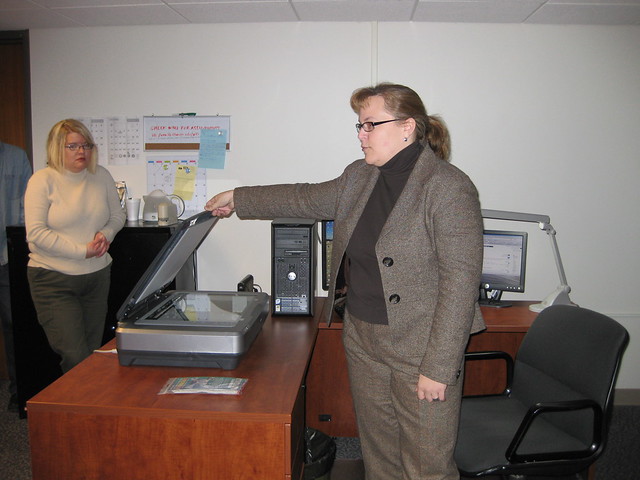Teachers use communication technologies as teaching and
learning tools mainly by five uses of electronic communications. These being
teaching strategies, information sharing, community building, publish student
work and energizing student writing. Communication technologies are provided in
order for teachers to connect with their students, promote meaningful learning
extend academics beyond the regular school time.
The communication system helps extend the impact of teaching
beyond the information taught in the classroom or in the textbook. Nowadays
there is never enough time to teach everything students need to know in a
school year. Instead of assigning paper-pencil homework it is much easier to
just have our students go online and submit via internet. Teachers can inquire
everything needed over the internet now. They can put class notes, questions,
homework and missed assignments and even writing ideas on a on the internet,
making it much easier to communicate in this society. Also it helps a teacher provide more
information about the assignment, the grading policy and upcoming activities
all on an easy updateable format. Also by using all the communication
technologies teachers can help build learning strategies to help students learn
how to explore the topics of interest.
Tech Tool: Posting and Publishing with Digital Image
Scanners
A digital image scanner is a tool provided for teachers and
students with the computer storage of handmade works. It is easy to lose something you have written
or drawn by hand on a piece of paper. But by using a digital scanner you can
scanner whatever it is that you have done into the computer and store in a file
where you know it is impossible to lose. Also by using the scanner it makes
things a whole lot easier to publish online. It also helps teachers add visuals
to hangouts, class notes and learning resources that they may be creating for
their students.
 |
| Photo credit to oldschoolgoodtimen on Flickr |
Summary & Conclusion:
Chapter 8 is mainly about how teachers and students can use computers and several other technologies to share information in classrooms and online learning environments. The chapter starts with explaining the use of educational websites and several ways that they are used in order to communicate. They talk about the five uses of electronic communications which are; teaching strategies, information sharing, community building, publish student work and energizing student writing. All these strategies in my opinion are all excellent. I find it fascinating that there are other way for teachers to communicate with their students without having to be with them in person. For example if one of their students misses a class they can receive everything online including notes and excreta. Next, the chapter talks about the use of wikis, blogs, instant messaging, emails, and discussion boards. Most teachers communicate with their students, families and professional colleagues through email because they feel that instant messaging has too much informal language. I completely agree with teachers in that cases. IM has a lot of slang and shorten words that are used when trying to communicate and I believe that teachers should be appropriate at all times when communicating with their students, the students’ parents and colleagues.
Resources:
Textbook - Maloy, Robert, Verock-O’Loughlin,Ruth-Ellen, Edwards, Sharon A., and Woolf, Beverly Park (2011). Transforming Learning with New Technologies. Boston, MA: Pearson Education, Inc. ISBN:10 0-13-159611-X, ISBN:13 978-0-13-159611-5
Good summary of this chapter and you give great examples of how these technologies might be used - how do you think you might use the scanner in your own classroom of the future? Try to personalize these posts a bit more to your own experiences, etc. Like your visuals! :)
ReplyDelete